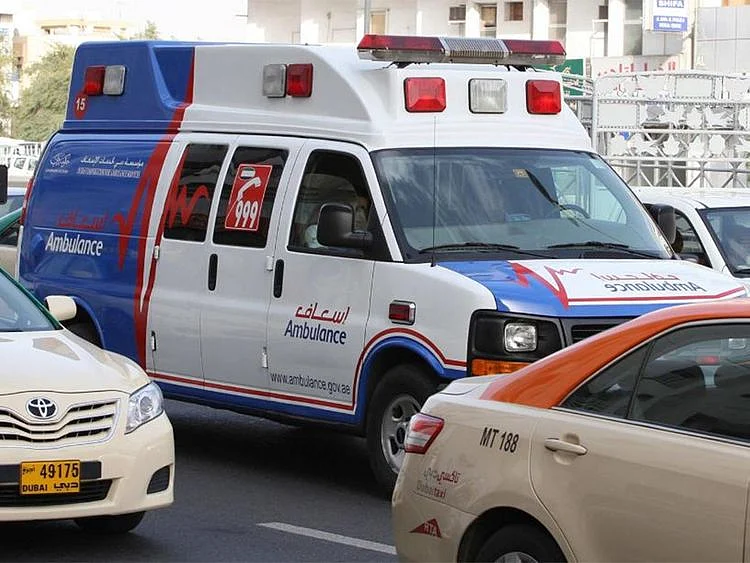Dh3,000 fine: 325 UAE drivers fined for blocking emergency vehicles in 2024
Each violation means Dh3,000 fine, 6 traffic points, and 30-day vehicle impoundment

Dubai: Traffic departments across the UAE issued 325 violations last year (2024) to motorists who failed to yield to emergency vehicles, ambulances, police patrols, or official convoys, according to newly released figures from the Ministry of Interior.
The breakdown shows the highest number of infractions occurred in Dubai (160), followed by Abu Dhabi (107), Ajman (31), Sharjah (17), Ras Al Khaimah (5), Umm Al Quwain (3), and Fujairah (2). Each violation carries a fine of Dh 3,000, six traffic points, and a 30-day vehicle impoundment.
The Federal Traffic Law, updated in March, grants absolute right of way to six types of vehicles, including civil defense units, ambulances, military convoys, police cars using lights and sirens, official processions, and service vehicles specified by law.
In the absence of traffic signals or officials, vehicles approaching from a main road have right of way; in roundabouts or where roads are of equal priority, priority is given to vehicles from the left.
Also Read
90% traffic fine discount in UAE? It could be a fake accountUAE: Can you dispute traffic fines in Dubai? Here’s how the process worksTravel bans in the UAE – can a bounced cheque or unpaid traffic fine stop you from travelling?How UAE drivers can pay traffic fines from other GCC countries onlineTo promote greater compliance, Abu Dhabi Police and the Abu Dhabi Civil Defense Authority launched the “Don’t Hesitate. Give Way Immediately” campaign last week, in partnership with the Department of Health and the Integrated Transport Centre. The campaign seeks to build a culture of responsible driving and ensure emergency vehicles can reach critical scenes without delay.
Abu Dhabi Police also identified six key scenarios in which drivers must yield:
1. On main roads: Emergency vehicles use the far-left lane; drivers must shift right immediately.
2. In traffic jams: Drivers must avoid using road shoulders reserved for emergency vehicles.
3. On internal roads: Drivers must create space by moving right or left, even in narrow lanes.
4. At intersections: Vehicles on side roads must stop completely to let emergency vehicles, allowed to pass red lights through safely.
5. In roundabouts: Drivers must delay entering to let emergency vehicles proceed, while those inside should move to the right.
6. On narrow dual lanes: Vehicles must shift right without encroaching on the shoulder, allowing emergency vehicles to pass through the center.
The campaign emphasized that delays in yielding can exacerbate emergencies, such as fires or critical medical incidents, adding that failure to clear the path puts both victims and first responders at risk.
Huda Ata is an independent writer based in the UAE
Sign up for the Daily Briefing
Get the latest news and updates straight to your inbox
Network Links
GN StoreDownload our app
© Al Nisr Publishing LLC 2025. All rights reserved.